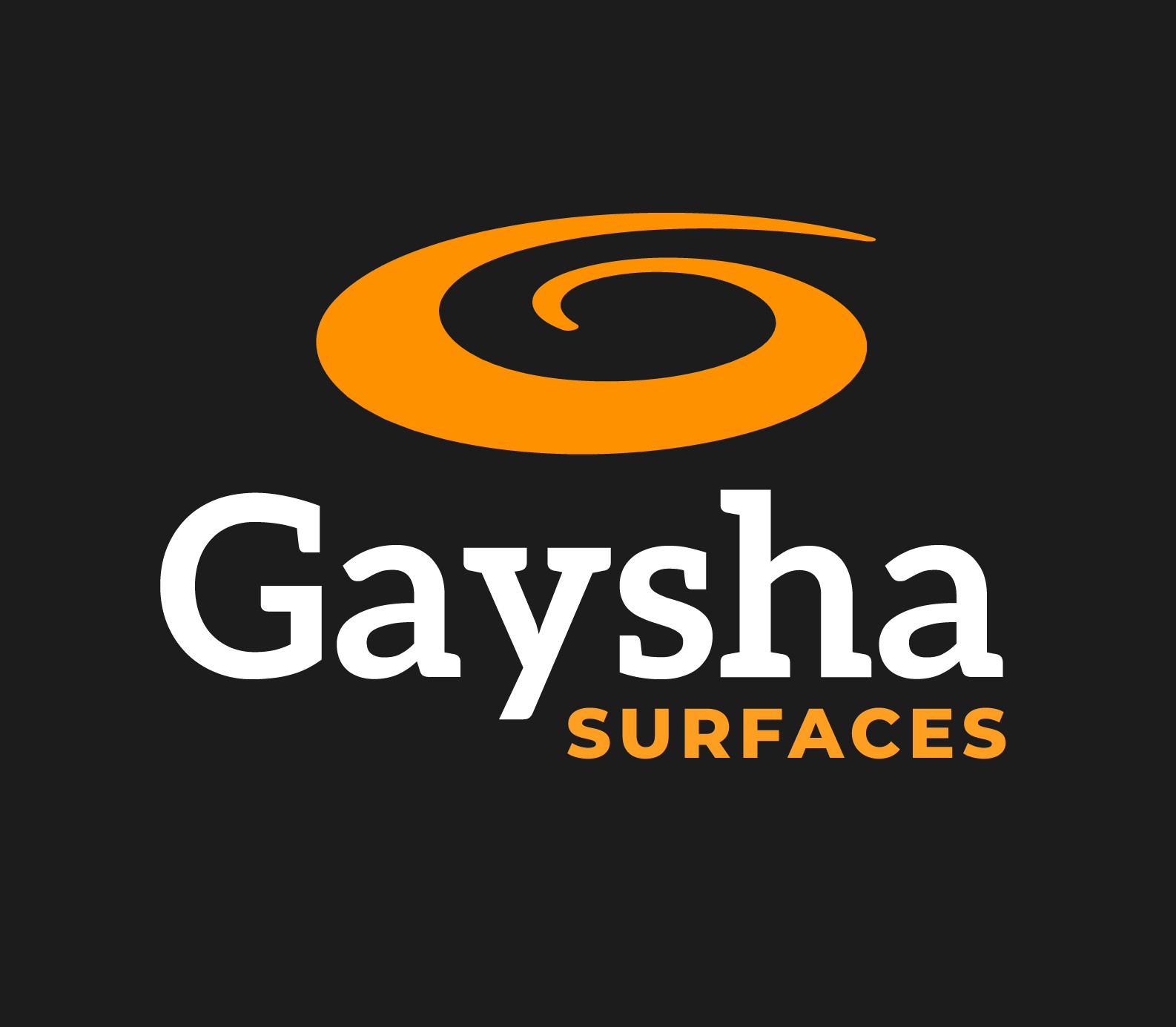
Confused about the difference between a resin bound driveway and a resin bonded one? You’re not alone, even within the Construction industry there is a lot of confusion about the differences and the two terms are often used interchangeably. It is understandable; the terms are very similar and both are natural stone aggregates encapsulated in a resin and commonly used for driveway surfacing.
But there are some very important differences in their properties that might mean one is more suitable for your project than the other.
Resin Bound Paving is a cold applied surface dressing for driveways that is applied in a 12mm – 24mm layer depending on the expected uses. The stone and resin are both placed in a forced action mixer where the aggregate is thoroughly coated in resin, before being hand troweled into a smooth seamless surface. The finished surface is permeable, frost resistant and durable. If the resin has been laid at a thicker depth, the driveway will be suitable for turning vehicles.
Resin Bonded Surfacing is a scatter system. The resin is squeegeed over a suitable base, and the gravel or aggregate is then hand scattered over the resin before it sets. The finished surface is only 4mm thick and provides the texture and appearance of loose aggregate. It is impermeable and waterproof, with excellent slip and skid resistance. Installation is very fast and easy, with the surface usable in as little as two hours, making it ideal for parks and areas that require minimal down time. However as the surface is only a thin layer of stone sitting on top of the resin, the surface is less durable than resin bound and heavy vehicles turning on a driveway would soon leave bald patches where the stone had been displaced. Bonded surfacing is also susceptible to frost damage.
We put together the infographic below to quickly explain these differences. We hope this helps clear up some of the confusion surrounding these two resin surfaces.

